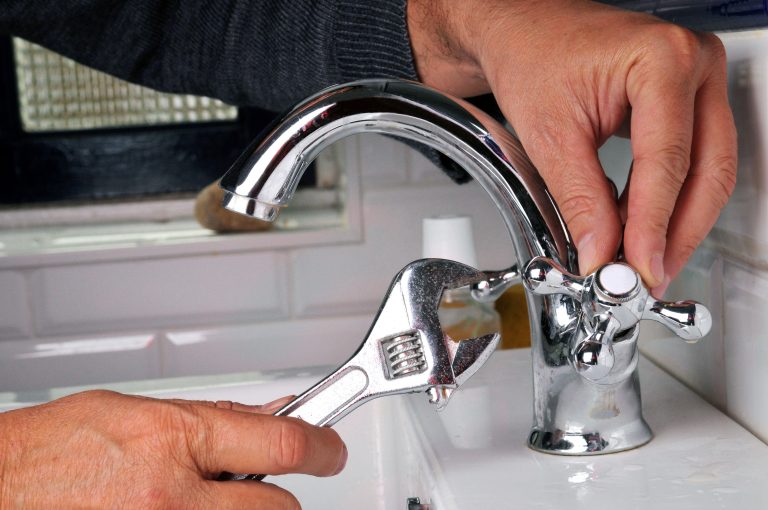Frozen Pipes — What To Do Before They Burst
When temperatures drop, frozen pipes are one of the most common home emergencies — and one of the most damaging if ignored. If you turn on a faucet and nothing happens, or hear strange clanging behind walls, your pipes might be frozen. Here’s how to act fast, safely, and avoid a burst.
Step 1: Turn Off the Water Supply
If you suspect a frozen pipe, shut off the main water valve immediately. This prevents pressure buildup — which is what causes pipes to burst once the ice thaws.
💡 Tip: The main shut-off is usually near your water meter, basement, or utility room. If you live in an apartment, contact building maintenance right away.
Step 2: Find the Frozen Section
Common places:
-
Exterior walls
-
Unheated crawl spaces
-
Garages or basements
-
Attics and under kitchen sinks
Run your hand along exposed pipes — frozen areas feel very cold, may have frost on them, or appear slightly bulged.
Step 3: Thaw the Pipe Safely
You can try to thaw accessible sections gently:
-
Use a hair dryer, heating pad, or space heater (keep distance).
-
Start from the faucet side and move toward the frozen section.
-
Keep the faucet open — as ice melts, water and steam need an escape path.
⚠️ Never use open flames or blowtorches — it’s extremely dangerous and can cause fires or pipe damage.
Step 4: Check for Leaks as It Thaws
Once the ice begins melting, check carefully for any leaks or cracks.
If water starts spraying or dripping — shut off water immediately and call a plumber.
❗ A small split in a pipe can release gallons of water in minutes — stay alert.
Step 5: Call a Licensed Plumber (If You’re Unsure)
If pipes are behind walls or under floors, don’t try to expose them yourself.
A professional can use pipe heaters, infrared cameras, and pressure tests to thaw safely and prevent burst damage.
Step 6: Prevent Future Freezing
-
Insulate exposed pipes (foam sleeves or heating tape).
-
Keep indoor temps above 55°F (13°C).
-
On cold nights, open cabinet doors under sinks to let warm air circulate.
-
Let faucets drip slightly to keep water moving.
-
Seal cracks and air leaks near pipes.
💡 Bonus: Install a smart water monitor — it detects freezing and leaks early.
Frozen pipes can feel like a disaster waiting to happen — but with quick action and the right precautions, you can prevent the worst.
Know where your shut-off valve is, keep pipes warm, and call a pro before small ice turns into big trouble.






